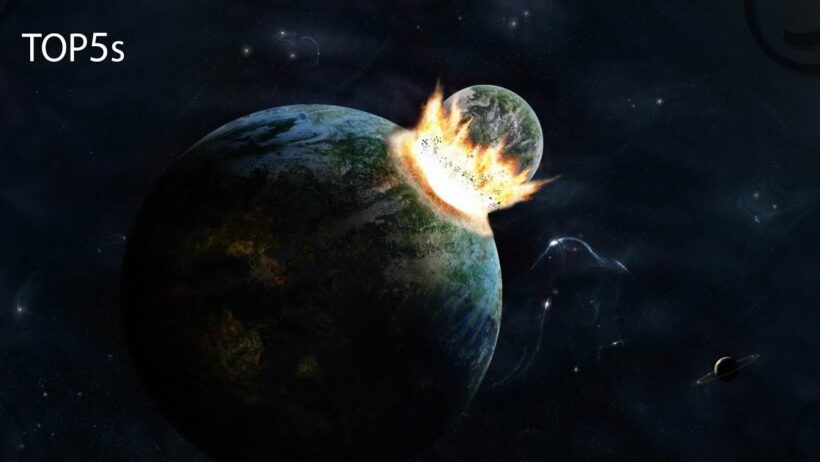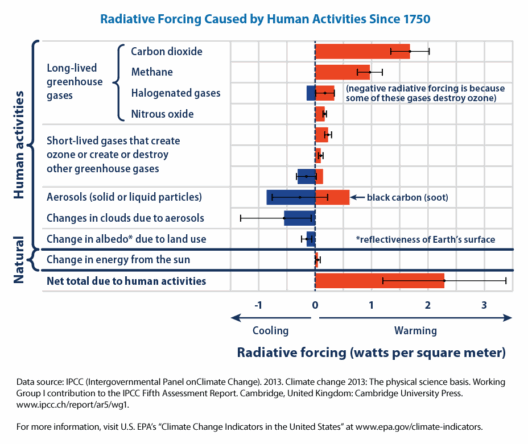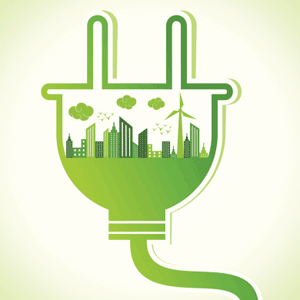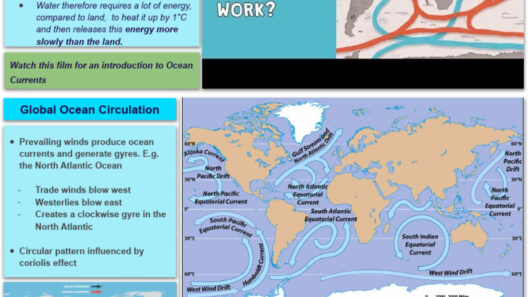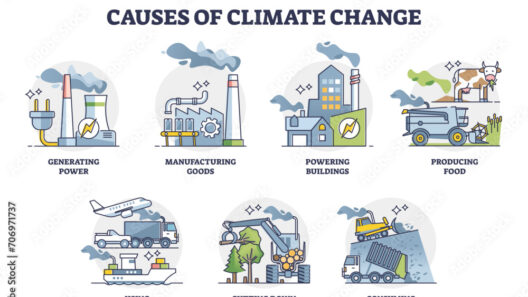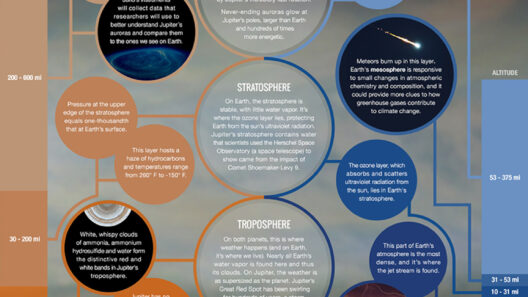In the grand tapestry of Earth’s history, humanity is but a fleeting thread, woven into the fabric of a planet that has endured eons of transformation. As we navigate the precipice of climate change, it raises an unsettling question: when and how might humans face extinction due to the very crises we have precipitated? To comprehend this predicament, it is paramount to explore worst-case scenarios, understanding the myriad ways in which climate change could catalyze the unraveling of civilization.
Climate change operates like a slow-burning matchstick, igniting consequences that could engulf humanity in a confluence of existential threats. One of the most palpable dangers lies in the alteration of ecosystems. With temperatures rising, myriad species are facing unprecedented stress. Coral reefs, often dubbed the “rainforests of the sea,” serve as a vivid metaphor for this impending catastrophe. They are not just beautiful underwater vistas but critical components of marine biodiversity. When ocean temperatures rise, coral bleaching occurs, resulting in the death of these vibrant structures. This, in turn, depletes fish populations that depend on them, destabilizing food webs and communities that rely on fishing. As these intricate networks collapse, humans may find themselves grappling with a food crisis of monumental proportions.
Beyond the direct biological impacts, the climate crisis engenders socio-political unrest akin to a storm brewing on the horizon. As droughts parch arable lands and oceans rise, threatening coastal cities, the competition for resources may sow discord among nations. Countries that once thrived on agriculture may devolve into battlegrounds over water and food supply. Historical analogies abound; think of the Dust Bowl of the 1930s, which drove countless families from their homesteads. Climate refugees, much like those fleeing famine and war, risk becoming the next chapter in humanity’s saga—a chapter filled with strife and fragmentation.
Consider the chilling possibility of runaway climate feedback loops. These are phenomena wherein the effects of climate change catalyze secondary events that amplify the initial problem. For instance, melting Arctic permafrost not only releases methane, a greenhouse gas far more potent than carbon dioxide but also exacerbates global warming. In a world where such loops become dominant, our inability to restore equilibrium could plunge humanity into a spiral from which there is no ascent. Just as a potboiler reaches its climax, one can envision a world in which tipping points transform our existence into a relentless struggle for survival.
As droughts, floods, and wildfires become the new normal, they may reshape human demographics, triggering mass migrations and altering socio-political landscapes. The premise of a “climate apocalypse” is not only sensational but grounded in tangible scientific predictions. The potential for widespread water scarcity may give rise to conflicts and, in extreme cases, civilizational collapse. Combine economic instability with ecological degradation, and the scenario unfurls, reminiscent of dystopian narratives seen in literature and film.
Furthermore, our global economy, intricately tied to the fossil fuel industry, is straddling an abyss. As the planet warms, the transition to sustainable energy becomes not just a noble pursuit but an imperative for survival. Inaction or delayed action on climate issues could result in an energy crisis that hampers societal functioning. Picture the ramifications: energy shortages lead to escalated prices, halting industrial production and crippling economies, fostering a downward spiral that erodes the very foundations of society.
Yet, nestled within these daunting projections is an opportunity for renewal. Crisis often propels creativity. Human ingenuity has historically prevailed in the face of adversity. If societies can marshal resources and mobilize collective action towards sustainability, they may carve pathways through the chaos. Transitioning to renewable energy sources, investing in resilient infrastructure, and promoting conservation initiatives could alter our trajectory. This optimistic thread weaves through the tapestry of possible futures, presenting a transformative landscape amidst the climate crisis.
Nevertheless, the question remains: when will humans go extinct due to climate change? This inquiry transcends mere speculation, as the timelines are contingent upon the global response to this critical juncture. In the immediacy of reckoning, catastrophic outcomes could materialize within the next century if current trends persist. Alternatively, if proactive strategies emerge, humanity could forge a new relationship with the planet, one characterized by harmony rather than exploitation.
Ultimately, each decision today reverberates within the continuum of time. The trajectory humanity pursues in response to climate change will dictate its fate. The specter of extinction looms not as an inevitable conclusion, but rather as a clarion call—an urgent plea for collective action, unwavering determination, and unyielding hope. A future wherein humans thrive symbiotically with nature remains possible; it requires a concerted effort to address the ongoing crisis. Let us not allow our narrative to culminate in tragedy, but instead, strive for a legacy of resilience and adaptation. The tapestry of humanity’s future is still being woven, and the colors of our choices will define the masterpiece that emerges.



